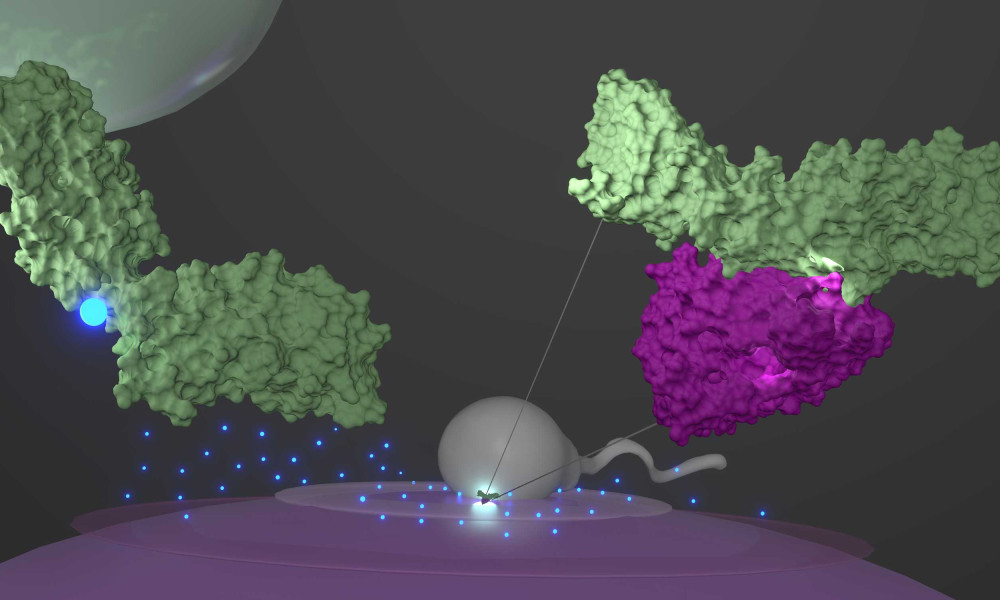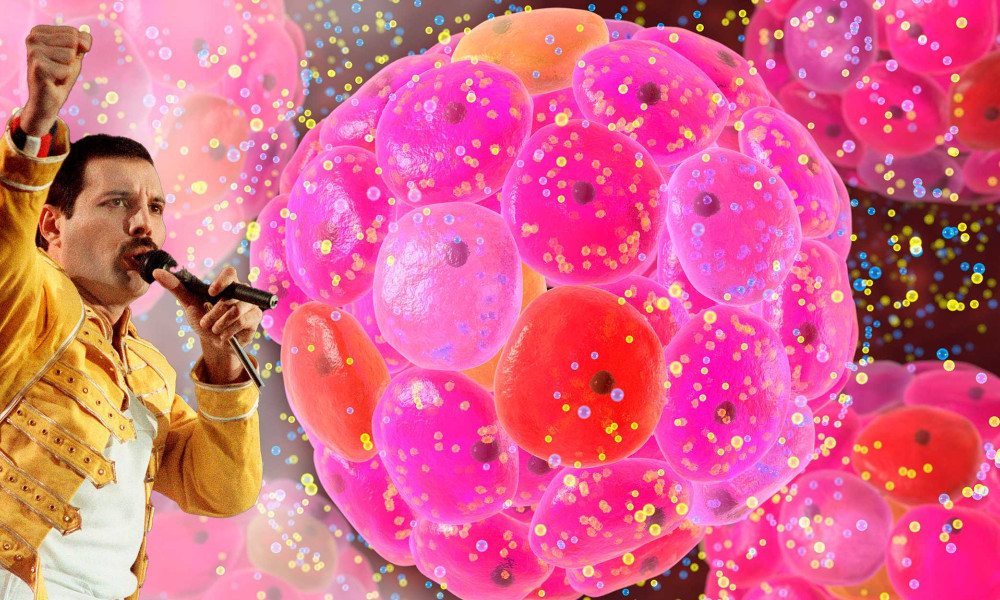CRISPR gene therapy shows promise against blood diseases
In 1949, biochemist Linus Pauling declared1 sickle-cell anaemia the first “molecular disease”after discovering that the condition is caused by a flaw in the body’s oxygen-carrying protein, haemoglobin. Now, more than 70 years later, cutting-edge genetic techniques could provide a molecular treatment.
In The New England Journal of Medicine2,3, separate research teams report promising results from trials of two pioneering gene therapies that target the root cause of sickle-cell anaemia. Both aim to boost the production of an alternative form of haemoglobin, called fetal haemoglobin. One study does so using CRISPR–Cas9 genome editing. And, because it is the first published account of using the gene-editing system to treat a heritable disease, it provides an important proof of concept for that technology.






